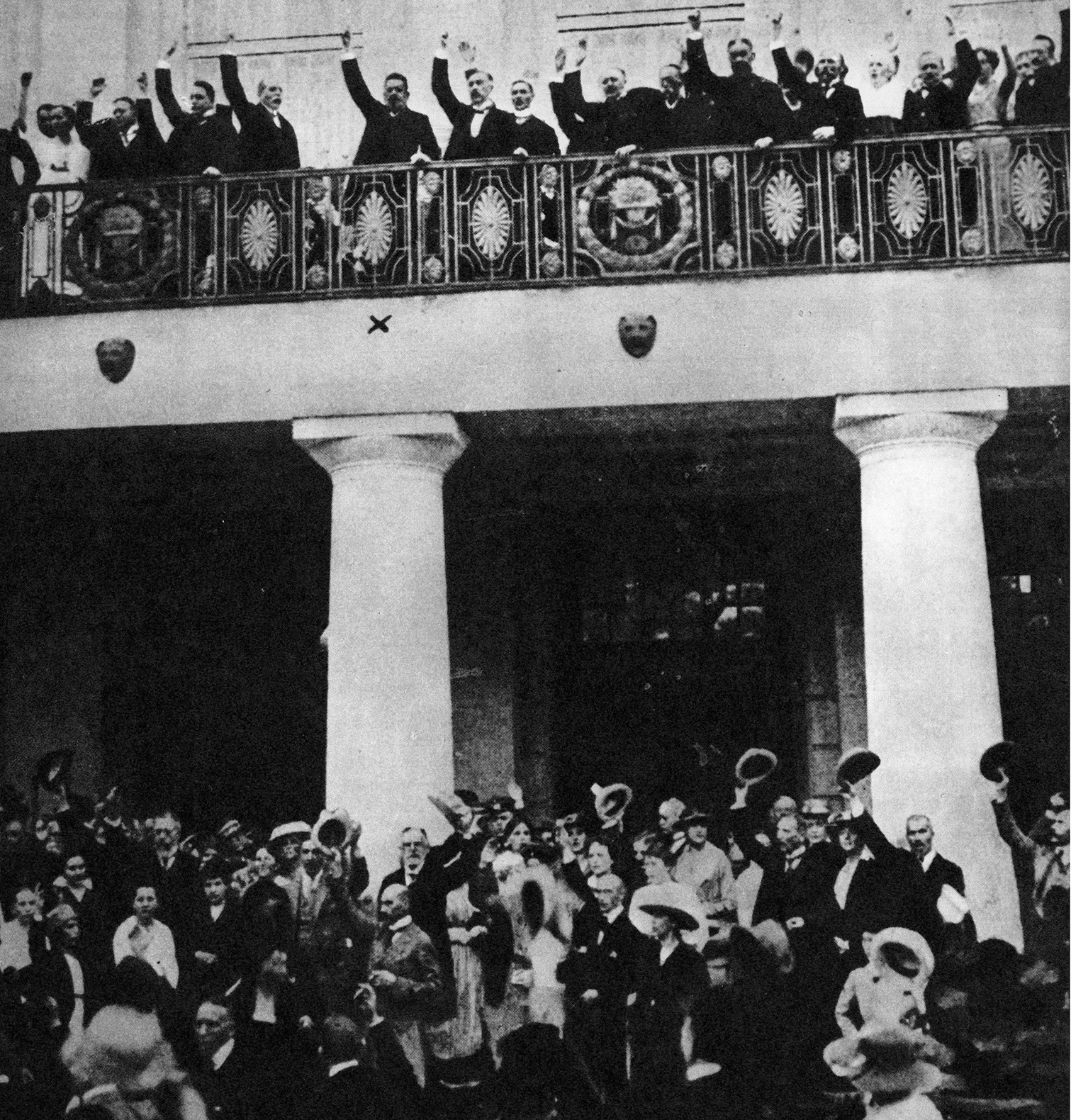
On 9 November 1918, Imperial Germany and the leadership of Kaiser Wilhelm II came to an end. From 1917, Germany had been on the path to defeat in the First World War. Economic hardship, severe food shortages, and rising mortality rates had caused the people’s wartime morale to plummet. A series of revolts within the German leadership and among the wider population in October 1918 forced the abdication of the kaiser and resulted in the creation of a new, democratic republic.
After the republic’s first election in January 1919, a National Constituent Assembly was formed in Weimar, Germany, whose primary purpose was to set up the infrastructure needed to secure a democratic government in Germany. The Weimar Republic’s system of government was eventually enshrined in the Weimar Constitution, which the National Assembly approved on 31 July 1919.
Your organisation does not have access to this article.
Sign up today to give your students the edge they need to achieve their best grades with subject expertise
Subscribe




